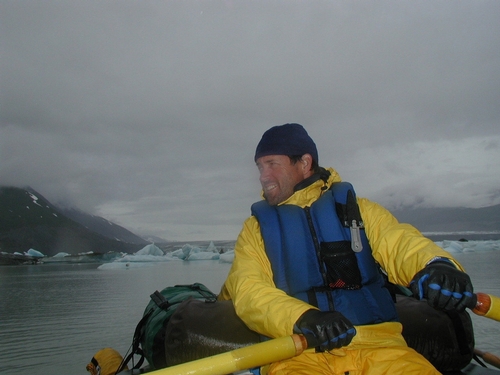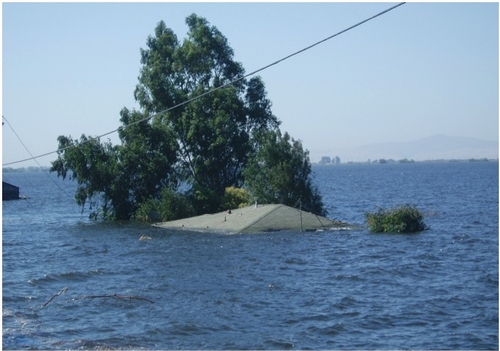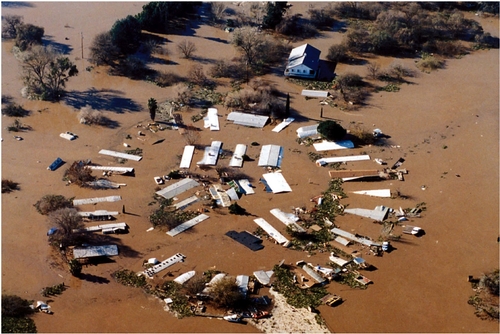Posts Tagged: geology
Jeffrey Mount and the Delta levee blues
Jeffrey Mount, a UC Davis geology professor and the Roy J. Shlemon Chair in Applied Geosciences, was included in “The Sacramento 100” — Sacramento News and Review’s 2010 round-up of the most influential, important and interesting people in Sacramento.
He was joined by an eclectic group of “interesting” characters, so whether being named on the list makes him notorious or famous is up to interpretation.
Jeff Mount
In any case, Mount was aptly described as “the man who knows everything about rivers in a region that owes its existence and continued survival to its rivers and Delta.”
As a local watershed expert and founding director of the UC Davis Center for Watershed Sciences, Mount was frequently called upon in the aftermath of the devastating levee breaks in New Orleans to estimate odds of a similar massive levee failure in the Delta.
The odds aren’t encouraging — Mount predicts a 64 percent chance of massive failure in the next 50 years. And some recent reports from the California Department of Water Resources suggest that is an optimistic estimate.
The strong late December storms sweeping through California had Mount keeping one eye on the levees and another on his kayak. So far this season, Californians have been lucky. But Mount doesn’t expect that luck to hold indefinitely.
The Sacramento-San Joaquin Delta supplies irrigation water for more than a million acres of agriculture in the Central Valley — some of the nation’s most productive farmland — and drinking water for two-thirds of California’s residents. But the levees that hold the Delta together are old and in crisis.
The 1,100-mile system of earthen embankments was built in the late 1800s and early 1900s to reclaim Delta marshland for farms. This creaky system of levees desperately needs a major overhaul. Over time, erosion, seepage and animal burrows have taken their toll. The levees have also been weakened by the gradual sinking of land behind the levees. Many of the Delta islands are now 25 feet below sea level.
Any major levee breach due to storm or earthquake could pull brackish ocean water into the Delta, contaminating irrigation and drinking water supplies and stopping the flow of water to the south and the Bay Area. Infrastructure such as rail lines, highways and gas pipelines would also be impacted.
The big picture of what could go wrong in the case of massive levee failure is scary if you stop and think about it, which has given Mount the name Dr. Doom in some circles. But Mount isn’t one to candy coat the situation. He was once quoted by a reporter that “New Orleans has lost the battle with the inevitable, and we will do the same.”
Jones Tract Flooding, 2004
Flooding in Mossdale, 1997




